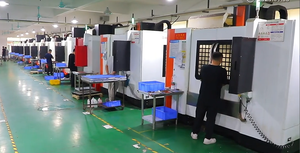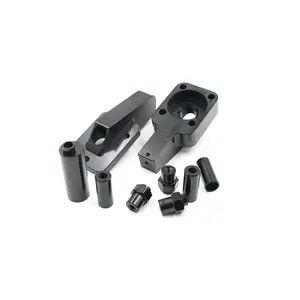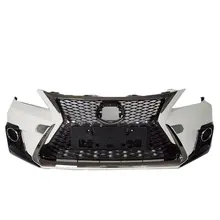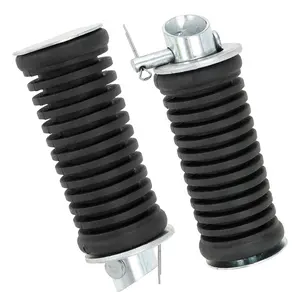Since their inception in the mid-20th century, minibikes have provided an affordable and accessible way for enthusiasts to enter the world of motorcycling. Initially considered spin-offs of larger motorcycle and automobile parts, the demand for minibike has subsequently led to the production of specialized minibike parts today, tailoring these vehicles for their specific use cases. In modern times, the popularity of minibikes continues to grow in various aspects, including educational, recreational, and racing fields. The compact size and reduced power of these bikes, combined with highly customizable parts such as a customized mini bike muffler or mini bike handlebars, make them ideal for both competitive circuits and casual outings.
Key mini bike parts
The structure of a minibike, which is often referred to as a pocket bike, is built around its frame, a critical component that supports and connects all other parts, including the engine, its primary source of power. The transmission system is in charge of transferring this power to the wheels through gears, chains, or belts. On the other hand, the suspension system, which incorporates elements such as forks and shocks, is tasked to ensure a smooth ride by absorbing road bumps. At the same time, other key pocket bike parts, such as brakes, are vital for safety, slowing down or stopping the bike effectively. The mini bike wheels and tires, including rims, provide the necessary traction and stability. All these fundamental components can be sourced from specialized stores or online platforms, making the options for repair, upgrade, or customization widely available and accessible to the fans of minibikes.
How to choose the right mini bike parts
When choosing parts, the first aspect to consider is the model and condition compatibility with the desired type of minibike. This includes an understanding of the basic specifications of the minibikes, such as the engine type, transmission, suspension, and wheel size. Secondly, the purpose of the parts, whether it’s for repair, enhancement, or customization, is crucial to reflect the intended use of the bike, be it for casual riding or competitive racing. Budget is another critical factor, as it's important to balance affordability with the quality and longevity of parts. For instance, investing in a robust mini bike frame or durable mini bike engine might cost more upfront but can offer better long-term value.
Maintenance and care of minibike parts
The maintenance and caring process for mini bike parts begins with regular cleaning, which is crucial for components such as the mini bike exhaust and mini bike tires to prevent rust and wear. Regular inspections are vital, particularly for high-stress parts like the frame, forks, and tires, to identify any signs of wear or damage early. In the meantime, preventing and promptly addressing common issues such as rust in the chain or leaks in the mini bike fuel tank is crucial to prevent exacerbation of these problems. This comprehensive approach to maintenance not only extends the life of the minibike but also enhances safety and reliability.












































 浙公网安备 33010002000092号
浙公网安备 33010002000092号 浙B2-20120091-4
浙B2-20120091-4